What if the next sunrise could spark a revolution in how we power our lives? Solar energy is no longer a distant dream or a science fair project—by 2025, it’s set to ignite changes that could upend everything from city skylines to the food on our plates. The future has never looked this bright or this electrifying.
Solar Panels That Blend with Architecture

Picture walking through a city where rooftops and windows are alive with invisible energy. By 2025, building-integrated photovoltaics will make solar panels nearly unnoticeable—woven right into glass, shingles, and facades. Homes, schools, and even skyscrapers will quietly generate power without the clunky look of old-fashioned panels. This technology lets architects and homeowners embrace solar energy without sacrificing style. Imagine a stained-glass window that powers your morning coffee maker. These panels are also more durable and customizable, allowing for creative freedom in design. The result? Cities that harness energy from every angle, turning entire skylines into silent, hardworking solar generators. Environmental impact and curb appeal finally work together.
Perovskite Solar Cells Take Center Stage
A new superstar material is stealing the show in solar labs: perovskite. These cells are rewriting the solar rulebook by being lighter, more flexible, and way cheaper to make than silicon. By 2025, perovskite solar cells are expected to hit over 30% efficiency—blowing past what most people thought possible just a few years ago. Their unique structure means they can be printed onto thin films and even curved surfaces. Think solar stickers on backpacks or curved rooftops catching extra rays. Perovskites also use fewer rare materials, lowering their environmental footprint. As manufacturing ramps up, experts predict a rush to install these sleek, powerful cells in homes and businesses alike. The solar race just got a new front-runner.
Solar Energy Storage Solutions
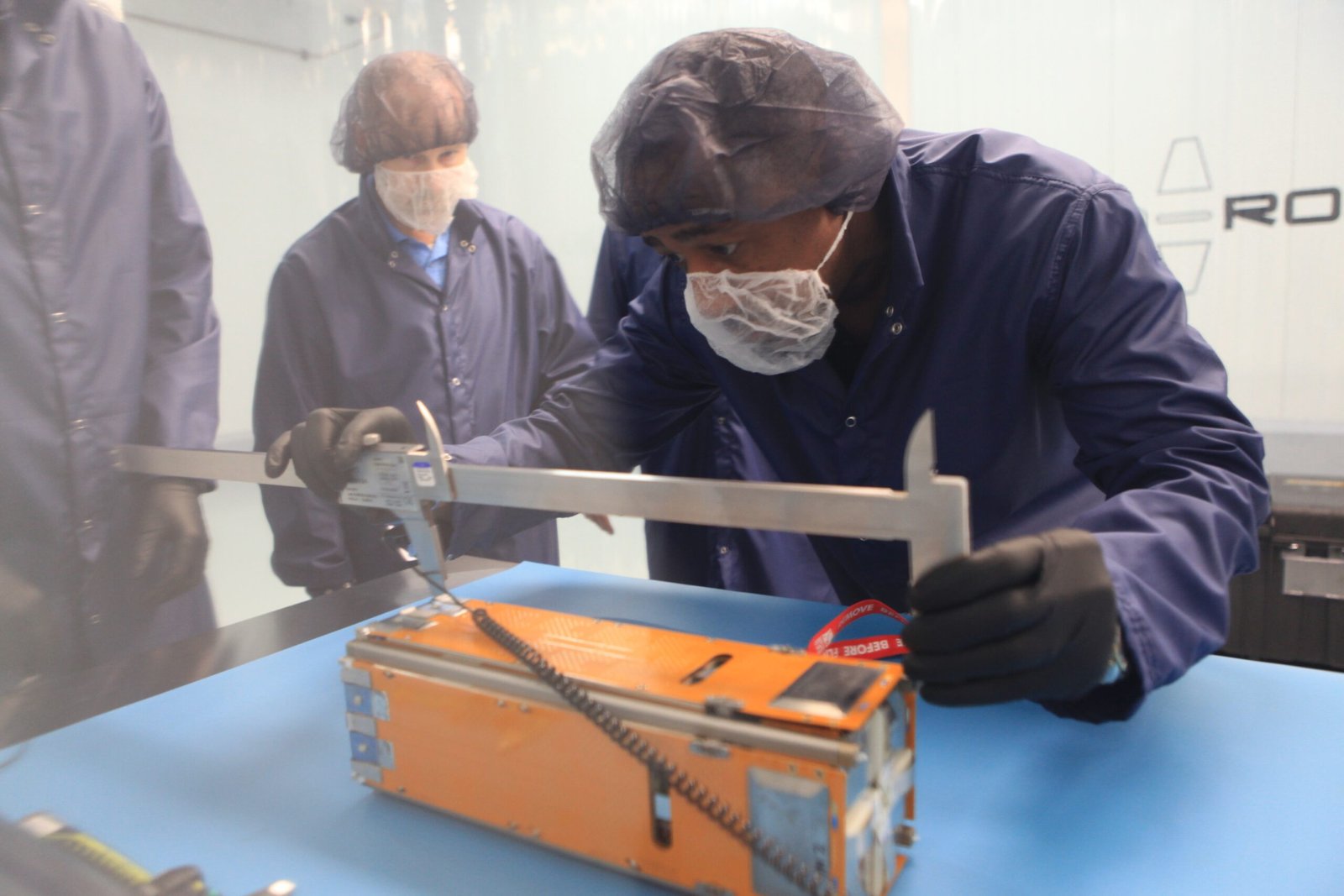
Solar power’s biggest enemy has always been the night. But by 2025, new energy storage breakthroughs are rewriting that story. Enter solid-state batteries—smaller, safer, and able to hold more juice than today’s lithium-ion options. These batteries will let homeowners and businesses save up sunshine for a rainy day, literally. Imagine running your home’s lights, fridge, and heat all night, powered by the sun you soaked up at noon. Storage improvements also mean fewer blackouts and smoother power for entire neighborhoods. Schools and hospitals in remote areas will finally have reliable, round-the-clock energy. Solar is about to become a 24/7 player, not just a fair-weather friend.
Smart Solar Technology for Modern Homes
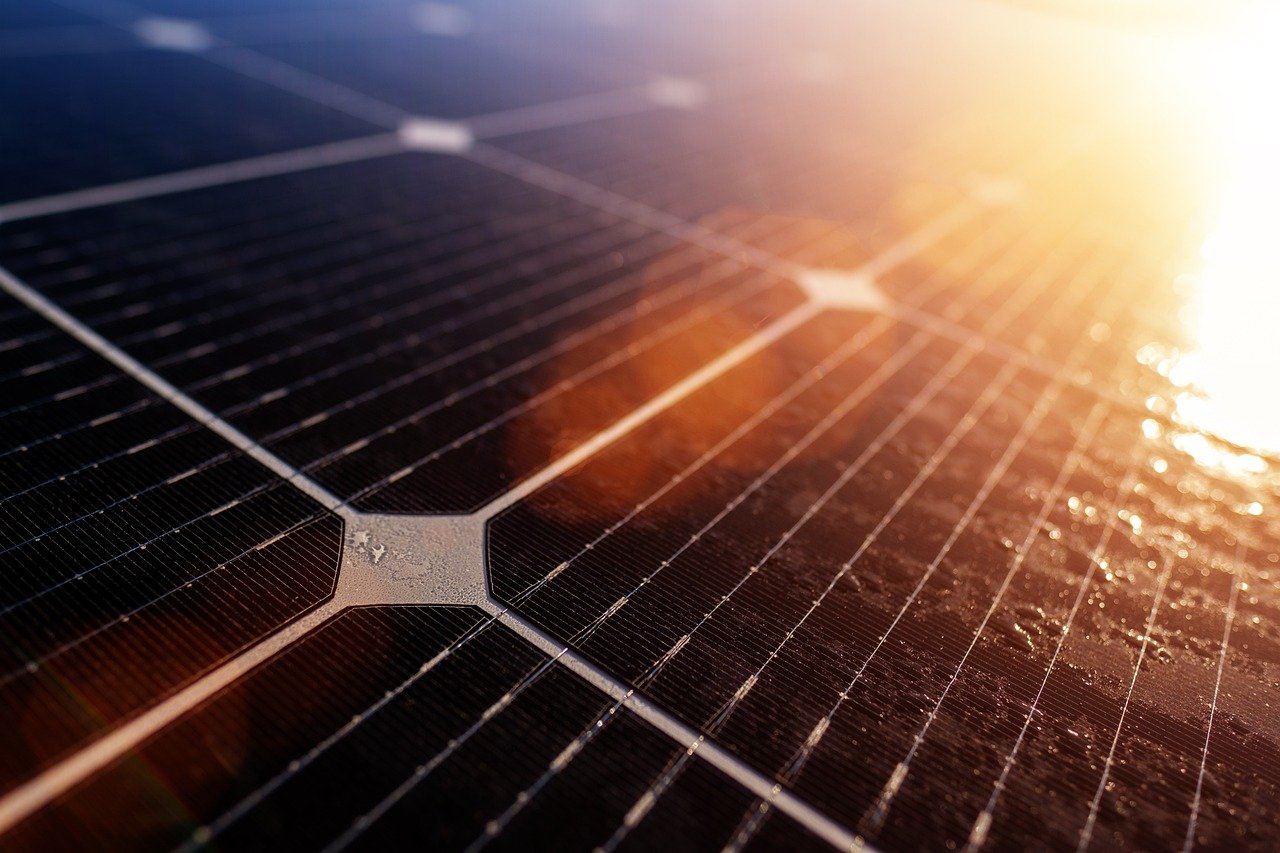
Solar panels are about to get brains as well as brawn. By 2025, smart solar systems will use sensors and artificial intelligence to chase the sun—automatically tilting and adjusting for maximum energy capture every hour of the day. These panels will talk to your home’s smart devices, deciding when to store, use, or even sell your extra energy back to the grid. Imagine never thinking about your electric bill again because your house does the work for you. These systems can spot dust, snow, or shade blocking your power, then alert you or self-correct in real time. It’s like having a tiny team of solar engineers living on your roof, working for you around the clock.
Solar-Powered Desalination Solves Water Scarcity
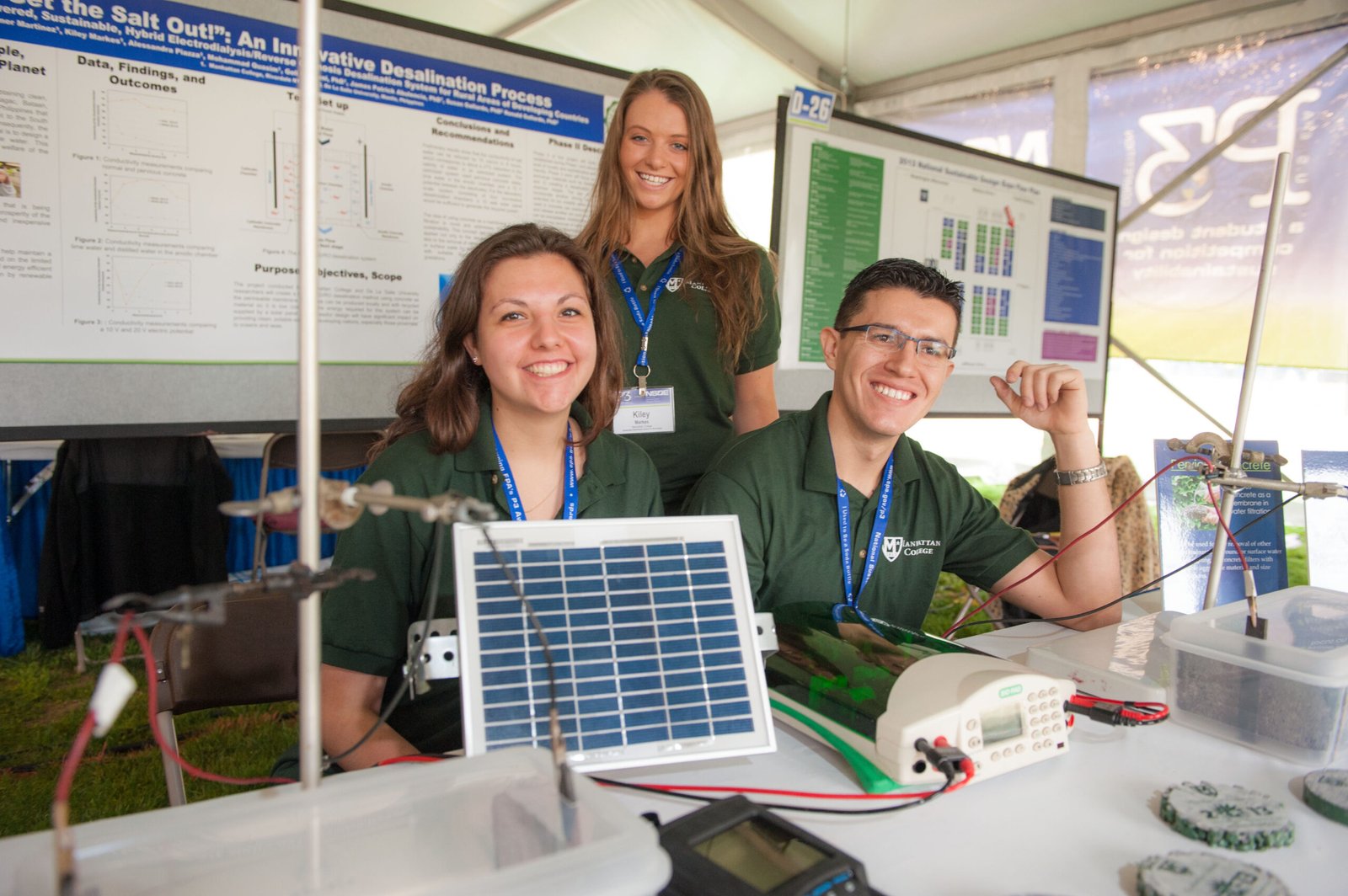
Clean water and clean energy are teaming up in a way that could change millions of lives. By 2025, solar-powered desalination plants will become more common, especially in drought-prone regions. These innovative systems use solar energy to pull salt out of seawater, producing fresh drinking water with almost zero emissions. Imagine coastal communities turning endless ocean into safe, affordable water—without the massive carbon footprint of traditional plants. Farms and cities in the world’s driest places will suddenly have new hope. This breakthrough ties together two of humanity’s biggest needs, offering a lifeline where it’s needed most.
Enhanced Solar Tracking Systems Boost Output
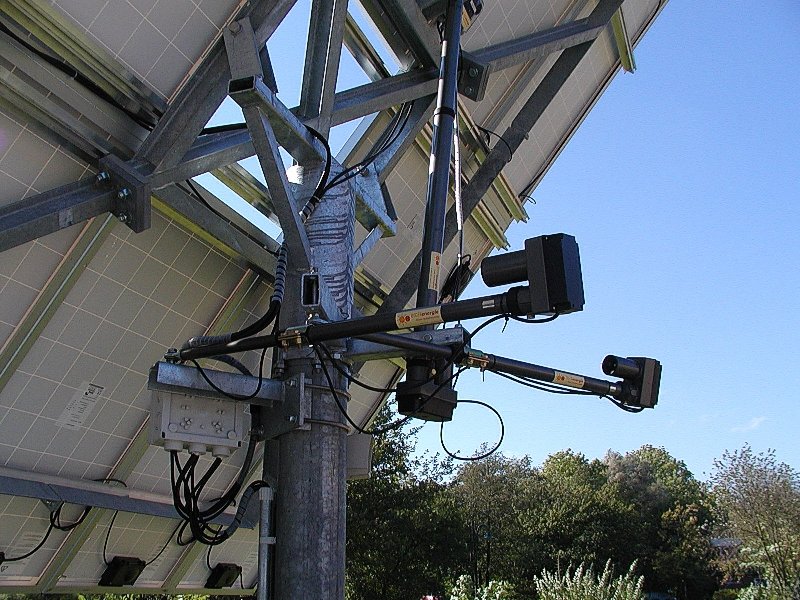
If you’ve ever seen a sunflower tilt to follow the sun, you already know the secret of solar tracking. By 2025, advanced tracking systems will bring this simple trick to massive solar farms and even residential roofs. Using artificial intelligence and weather forecasting, these trackers will angle panels just right to catch every possible ray. Early studies show up to 40% more energy captured—without adding more panels. Picture fields of solar arrays moving together like a choreographed dance, squeezing every last drop of power from the daylight. This isn’t just efficient; it’s mesmerizing to watch.
Solar Energy in Transportation Hits the Road
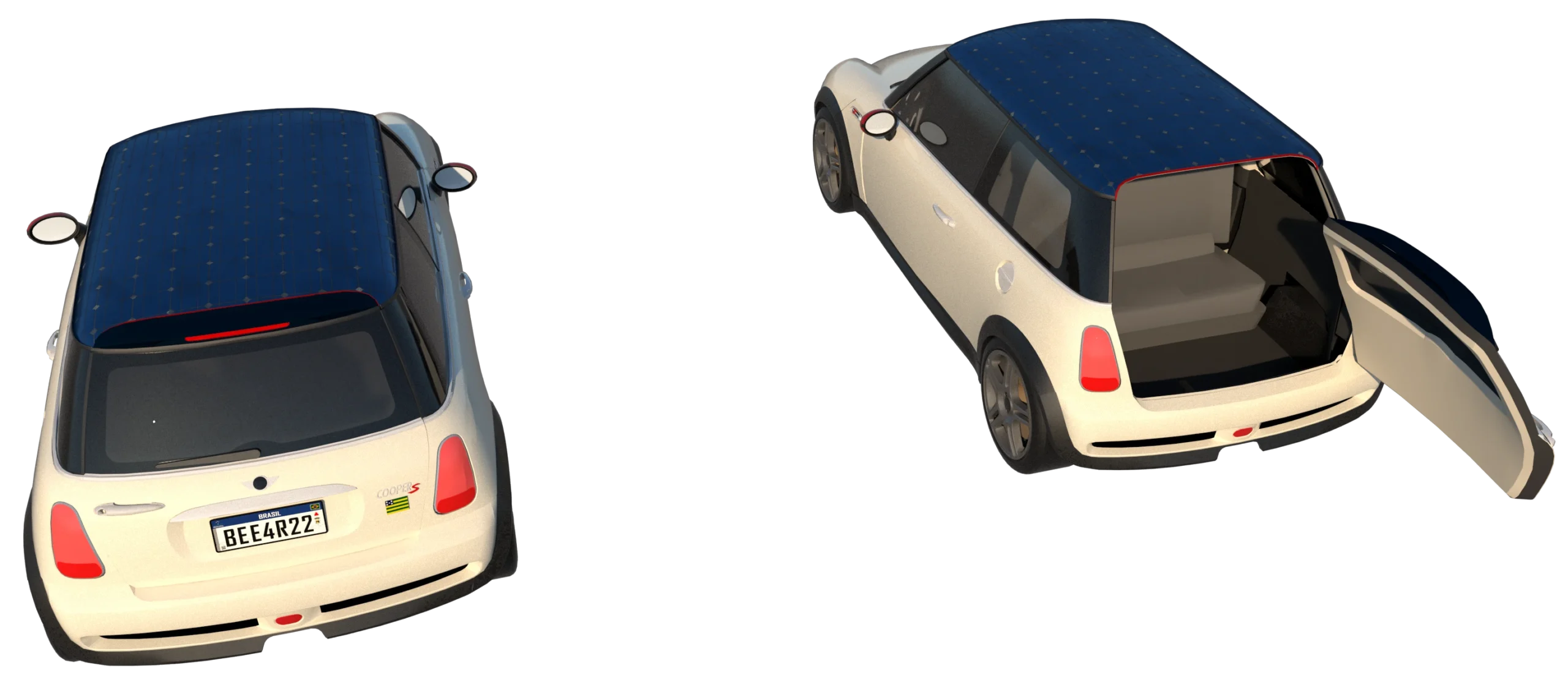
Electric cars are cool, but what if your car could power itself? By 2025, solar-powered electric vehicles will be more than concept cars—they’ll be rolling into driveways everywhere. Some new EV models are already coming with solar roofs or hoods, letting them top up the battery just by sitting in the sun. This means fewer stops at charging stations and more freedom to roam. Buses, trains, and even boats are getting solar upgrades, cutting emissions and costs for commuters and companies. The sun is becoming the world’s biggest ‘fuel station’, with no waiting in line.
Community Solar Projects Bring Power to All
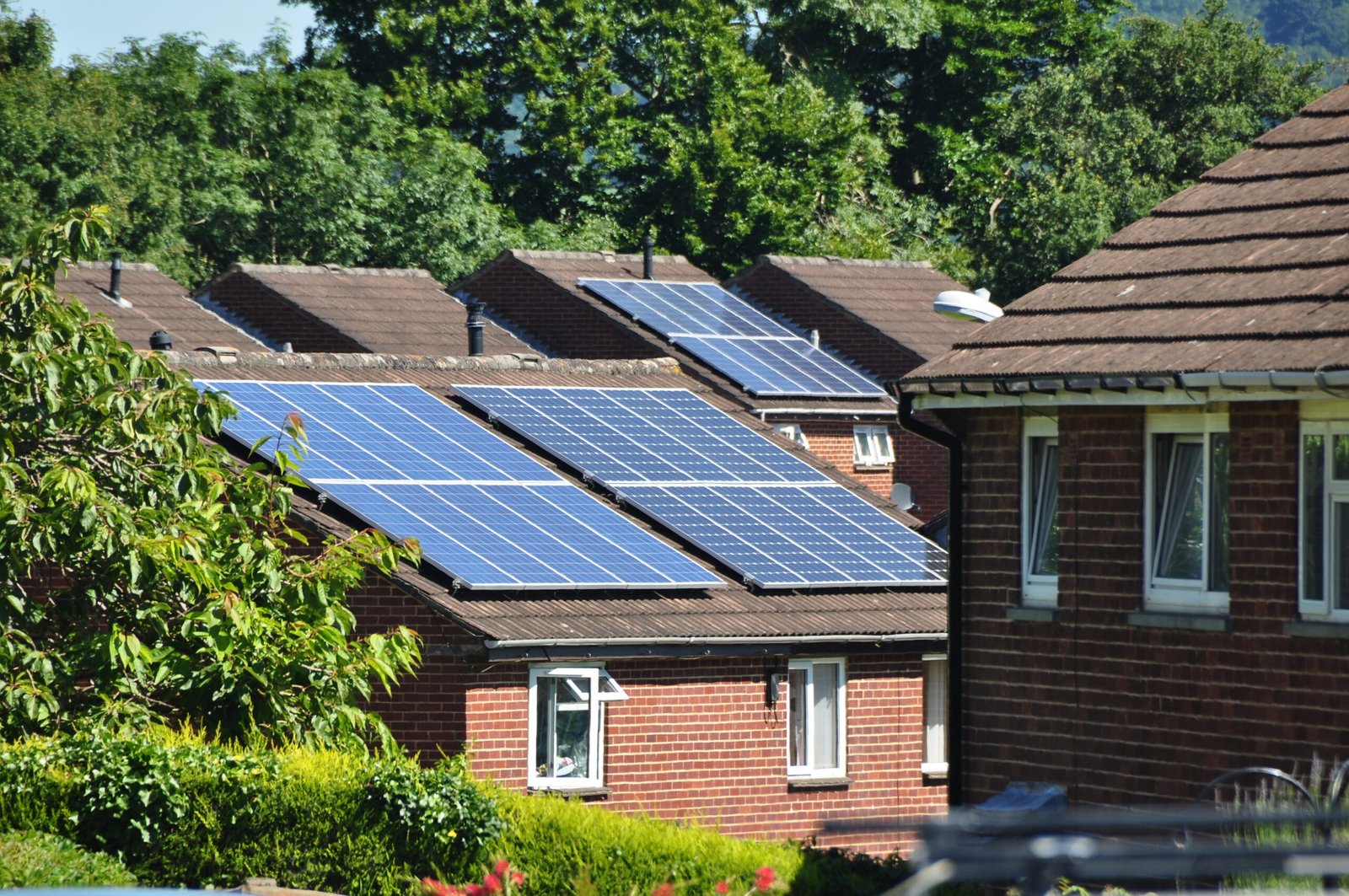
Not everyone can put panels on their roof—but by 2025, that won’t matter. Community solar projects are popping up in cities and small towns alike, letting neighbors ‘subscribe’ to a shared solar farm. Participants get credit on their electric bills, even if they rent or live in a shady spot. This model is making solar power truly democratic and accessible. It also builds a sense of local pride and teamwork—imagine knowing your block is running on sunshine you all helped fund. For renters, low-income families, and apartment dwellers, this is a game-changer that puts clean energy within reach.
Solar-Powered Agriculture Feeds the Future
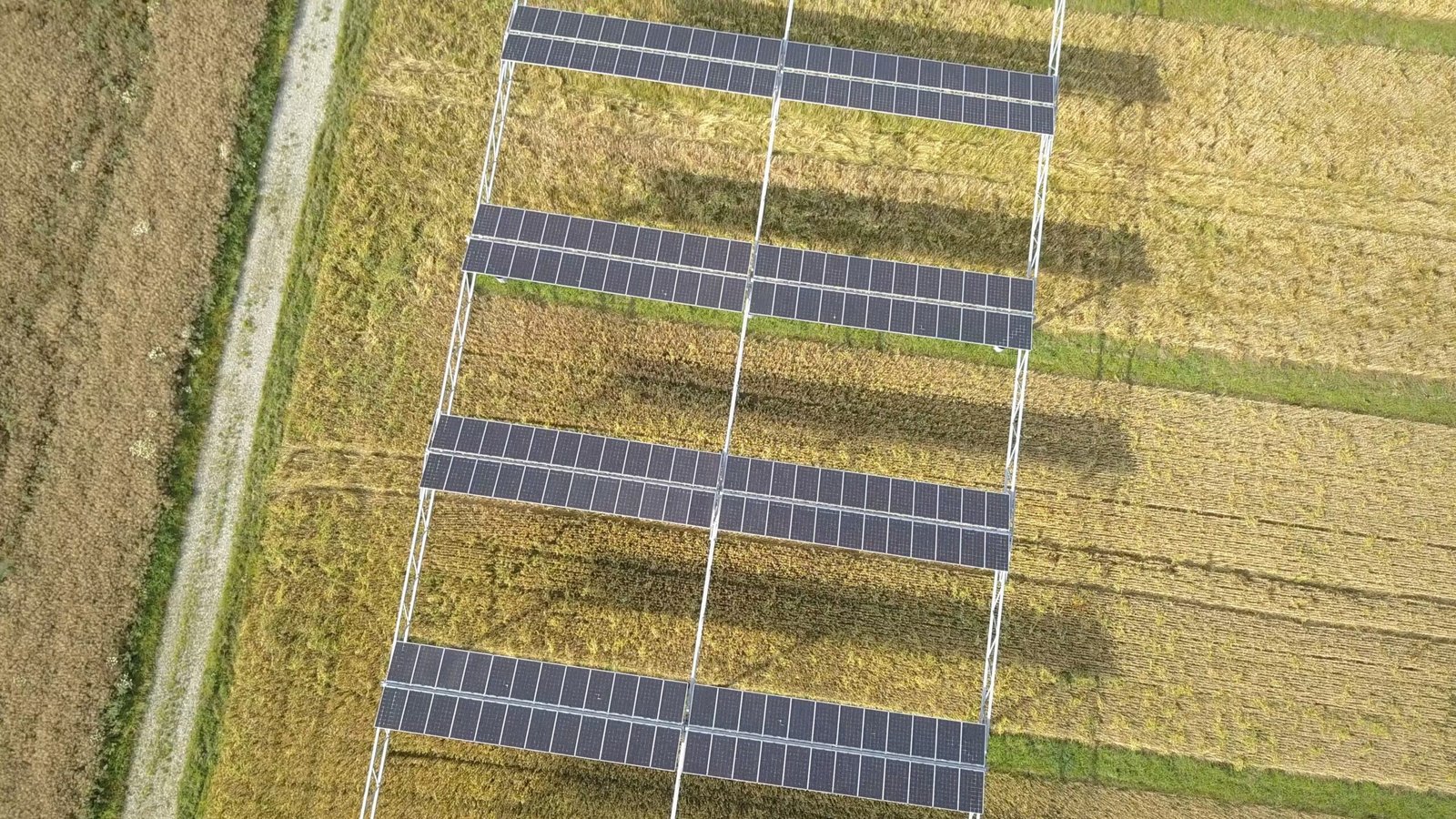
Farmers have always relied on the sun, but now they’re harvesting more than crops. By 2025, solar panels will be powering irrigation, greenhouses, and even farm robots. Some farms are experimenting with ‘agrivoltaics’—raising panels above fields so crops and panels share the space. This double-duty approach grows food and energy together. Solar-powered sensors and drones will help spot pests and water needs faster, saving time and money. For rural areas with shaky power grids, solar brings new stability and hope. The result? Cheaper food, healthier soil, and more resilient communities.
A Future Built on Sunlight
The next few years will see solar energy leap from rooftops to every corner of our lives. These ten breakthroughs aren’t just technical upgrades—they’re a blueprint for a world that runs cleaner, smarter, and more beautifully on sunlight alone. The question is, are you ready to see your world powered by the sun?

